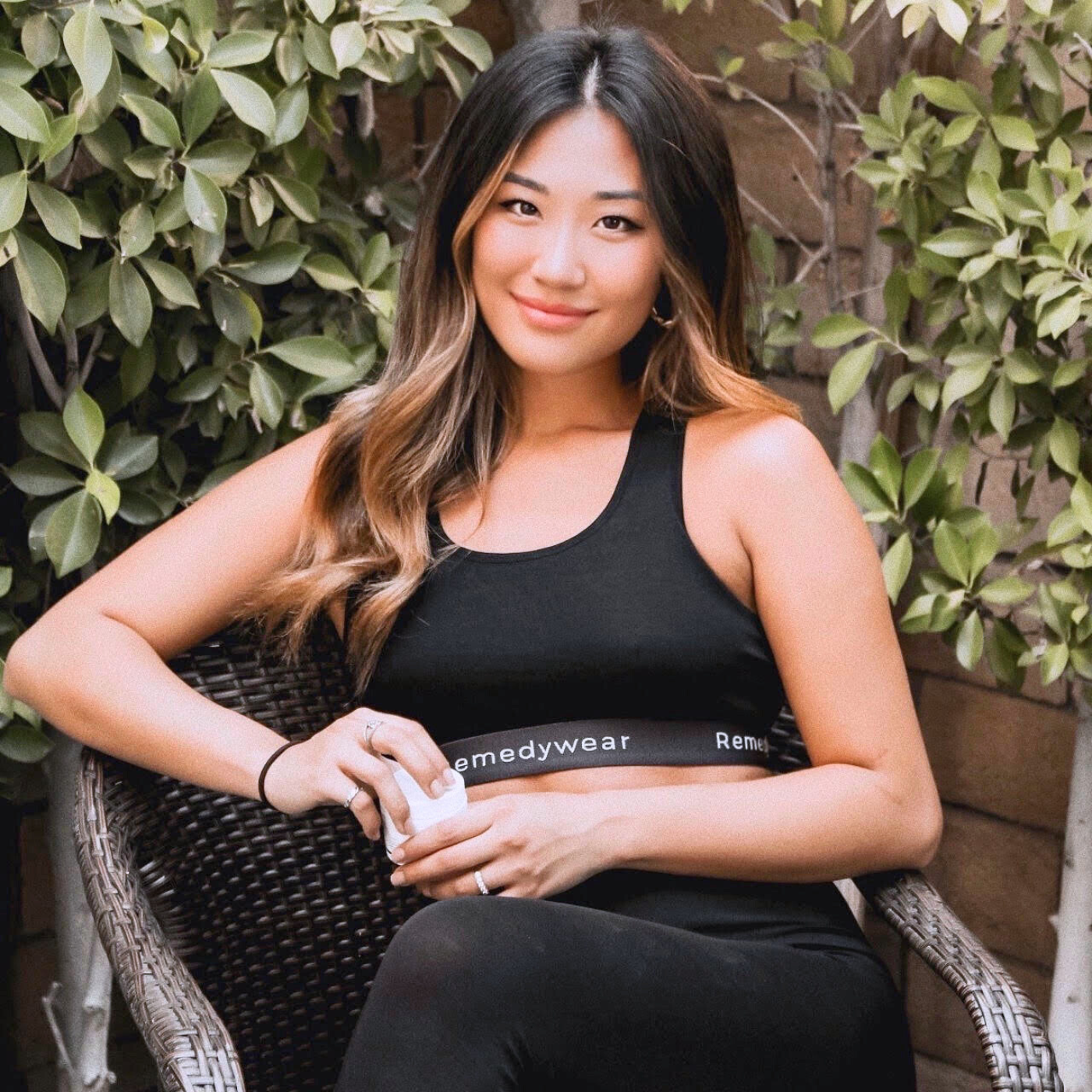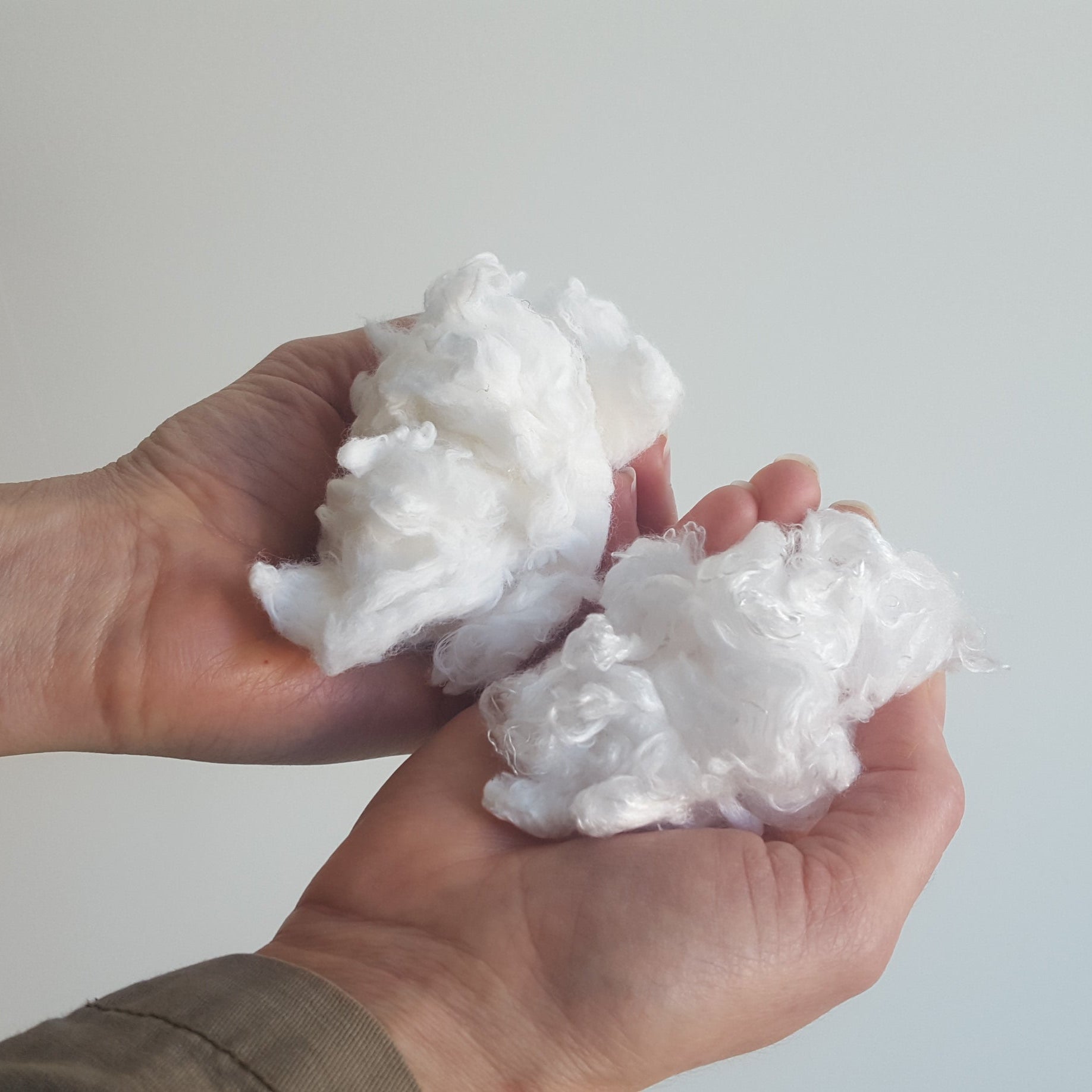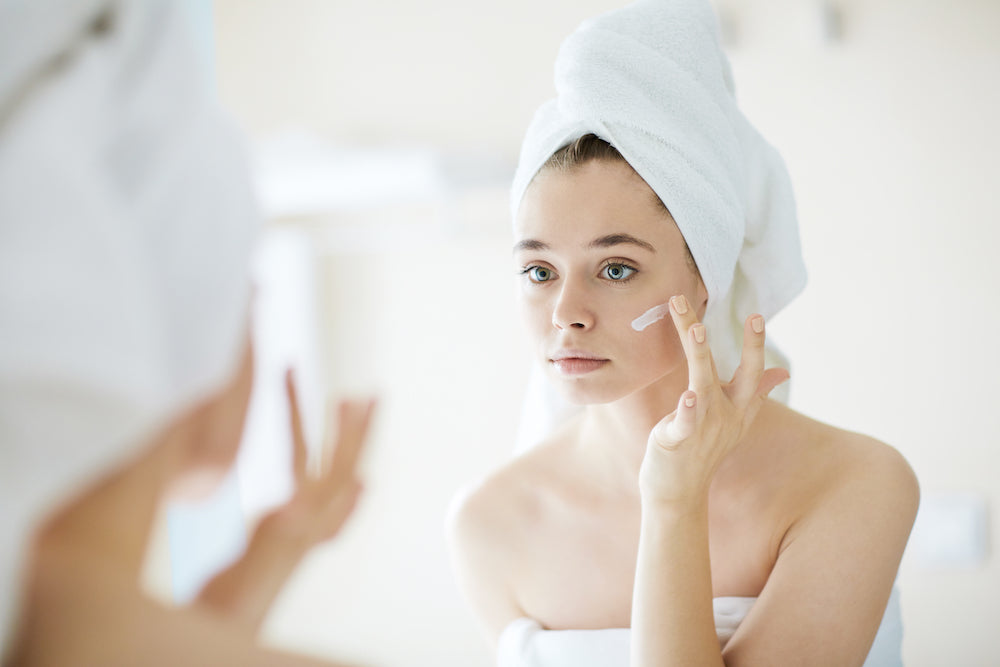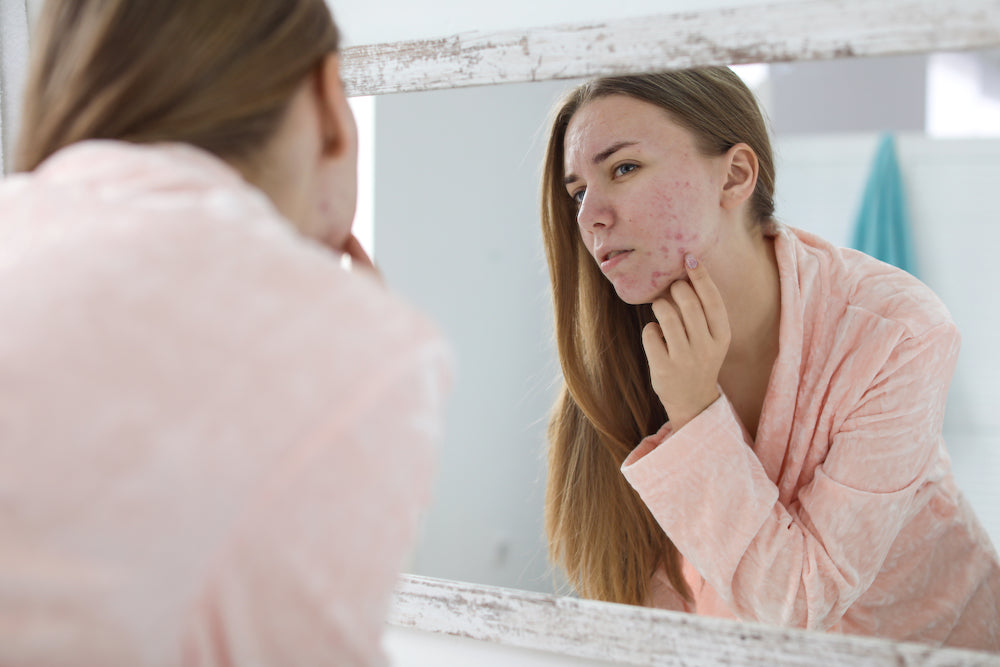Wrapping can be a useful tool in any eczema warrior’s arsenal, particularly dry wrapping, as it can provide advanced relief for more severe forms of eczema.
In this post, discover what dry and wet wrapping is and follow our easy how-to guide for overnight soothing and healing with dry and wet wraps.
What is Dry Wrapping?
Dry wrapping is an at-home treatment for eczema sufferers that involves moisturizing the skin by applying a natural emollient or topical steroid (a prescription medication) and then covering the area with a thin layer of fabric to improve the penetration of the emollient or medication. For dry wrapping to be efficacious, it has to be done for an extended period of time (several hours).
People tend to find the most relief when it is done overnight, and therefore dry wrapping can be super helpful if you or your little one are dealing with severe nighttime itching. Simple dry wraps can be made at home from strips of clothing, bandages, or sleeves.
However, it is important to keep in mind that atopic or eczema-prone skin is very sensitive to fabrics. Opting for a product made specifically for this type of treatment is often the safest option.
Common fabric types for wraps include bamboo, organic cotton, and TENCEL. These fabrics are the most non-irritating, and cooling TENCEL even has antimicrobial properties.
If you are making DIY wraps from materials at home, make sure to choose white or light fabric (no dyes! unless from a verified safe source) and fabrics that have not been pre-treated with harsh chemicals or detergents.
What is Wet Wrapping?
Wet wrapping is an alternative form of wrapping. First, a natural emollient product (or a prescribed low to mid-potency topical steroid) is applied to the skin, and then wraps soaked in water are placed on top of the moisturized areas.
Finally, the wet wraps are wrapped with a second, dry layer to lock in the moisture or medication.
Wet wrap therapy is a more immediate and short-term form of relief than dry wrapping because the sensation of water is soothing, cooling, and itch-blasting.
However, wet wraps are more difficult to apply and manage, especially in children. Wet wraps only have to be left on for approximately two hours, compared to the dry wraps which we recommend keeping on overnight.
Although there are differences between dry and wet wrapping, both can be extremely helpful in relieving the symptoms of more severe forms of eczema.
One added benefit of wrapping is that the outer layer of fabric protects sensitive skin from contact with environmental or contact triggers!
How to Dry Wrap
Dry wrapping is a relatively simple process, and it can be easily modified based on individual needs and problem areas. For example, you can wrap your entire body as a preventative measure, or you can wrap individual parts like hands, arms, or legs.- Take a 20-minute bath in lukewarm water. Avoid water that is too hot or too cold that will dehydrate or tighten up the skin. You can use a mild, fragrance-free cleanser. Pat dry after the shower, but do not rub the skin, as this may cause irritation and barrier damage.
- Moisturize the area you intend to wrap with a natural cream or balm like the Organic Manuka Skin Soothing Cream that we love! This creamy balm guarantees deep moisturization without leaving you feeling greasy or oily. This product is perfect for dry wrapping because the moisturizer is thick and sinks in gradually overnight. Once the cream or balm is applied, your skin should feel well-hydrated and moist. If it still feels dry, apply another layer of moisturizer.
- Cover the moisturized area with dry wraps or eczema clothing. Make sure the wraps and clothes are snug against the skin, so the moisturizer does not get smeared off.
- Try to leave the dry wraps on for as long as possible. Overnight or all day is our recommended duration, although even a few hours can be helpful.
- For more severe cases, repeat the process as often as necessary. Remove the dry layer after several hours, re-moisturize the skin, and re-cover with the dry layer. Do not re-use soiled dry wraps, and make sure to wash with gentle detergents!
- Continue to dry wrap as needed. It is often a good preventative measure to dry wrap if you may have been exposed to environmental or contact triggers that day.
How to Wet Wrap
Wet wrapping is a bit more intense and works best for more moderate to severe cases of eczema. We recommend trying dry wrapping first since it’s easier and less messy.
If you need an extra healing boost, try wet wrapping. Follow steps 1-2 above. For step 3, cover the skin with a layer of slightly damp clothing and then cover with another layer of dry clothing. Then follow steps 4-6 above.
Where To get Eczema Wraps
As mentioned, we always recommend using specialized fabrics for eczema-prone skin, especially in kids, newly-diagnosed eczema, and those with severe forms of eczema.
Many people with eczema have sensitivities to certain fabrics (including fabric dyes, detergents, and processing chemicals). It is always a good idea to avoid anything potentially sensitizing or exacerbating.
Remedywear™ fabric was specifically designed for eczema-prone skin, and the clothing is a wonderful option for eczema wet and dry wraps. The garments are made of soothing, soft TENCEL, and anti-microbial and anti-bacterial zinc oxide fibers.
Remedywear was made with the intention of helping reduce the severity of a variety of dermatitis types and combating itch to help you sleep better. Not only are these garments made in different shapes and sizes for babies, children, and adults, but our blend of fibers has been clinically proven to reduce the severity of atopic dermatitis, reduce itching and improve the quality of sleep when worn three nights consecutively[1].
Learn more about Remedywear and its unique material here. Alternatively, if you’re a physician interested in dry wrapping with Remedywear, please click here for more information on our fabric.
WARNING: Wet and dry wrapping with a high-potency topical steroid (e.g. clobetasol) can be potentially dangerous and result in skin barrier damage and pigmentary changes! Please discuss the frequency and duration of wrapping with your dermatologist before attempting wet or dry wrapping with high-potency topical steroids [2].
https://www.ncbi.nlm.nih.gov/pmc/articles/PMC3656624/ https://www.ncbi.nlm.nih.gov/pmc/articles/PMC4326095/










